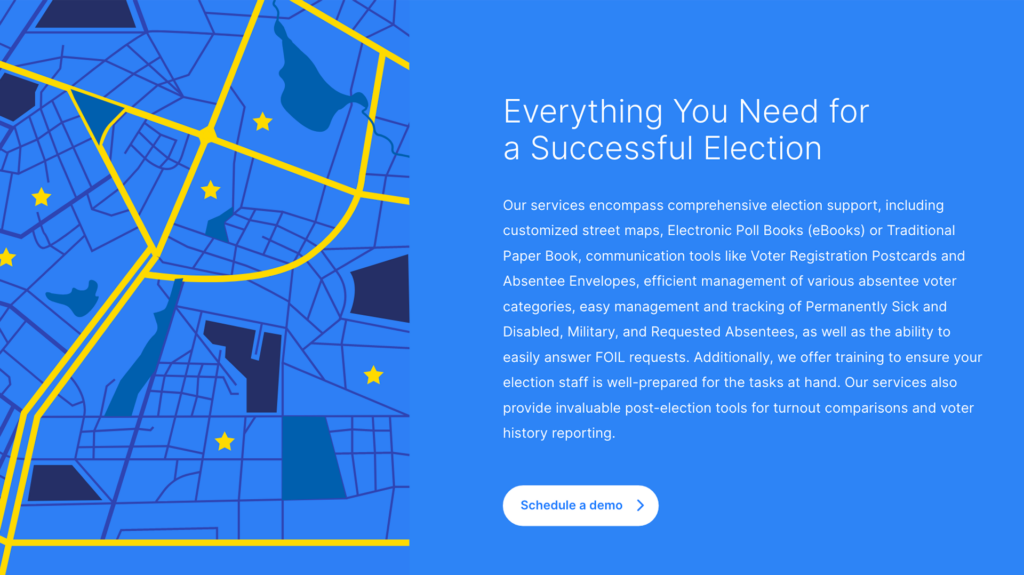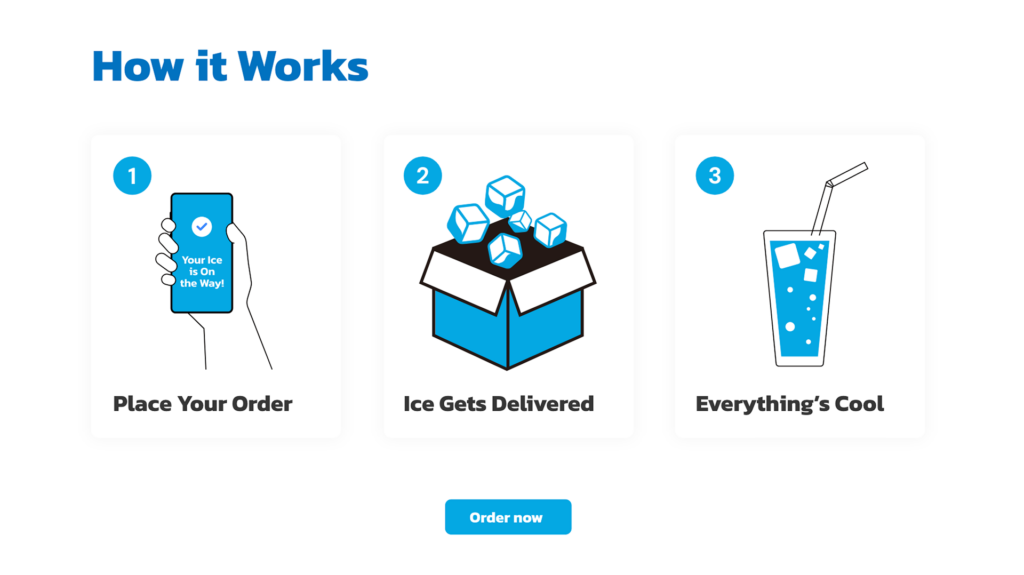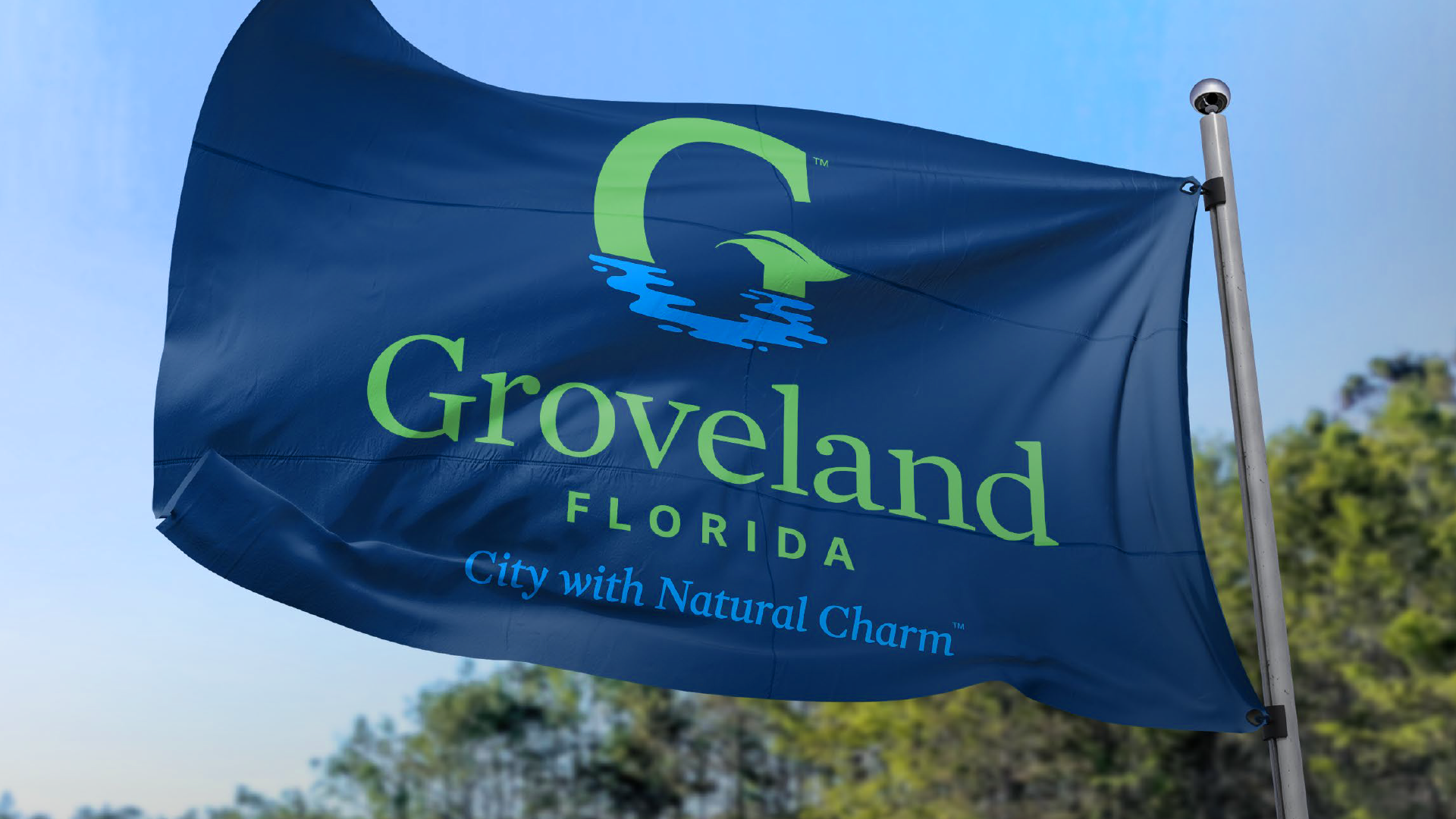05.10.24
Elevate Conversions with Expert Landing Page Optimization Strategies

Landing pages play a vital role in digital marketing campaigns by serving as the gateway for conversions and driving desired actions from your target audience. When expertly optimized, they can significantly increase conversion rates, maximize your return on investment (ROI), and propel your brand’s growth.
But the true secret to unlocking the power of landing pages lies in understanding the science of landing page optimization. This includes honing your design, copy, user experience, and testing strategies to identify the optimal combination for meeting your campaign objectives.
In this comprehensive guide, we will explore the essential components of successful landing page optimization, equipping you with the knowledge and tools needed to boost conversions and achieve the highest possible ROI for your digital marketing efforts. We’ll delve into best practices for crafting compelling headlines, creating persuasive and customer-focused content, designing user-friendly page layouts, and employing effective A/B testing methods.
Compelling Headlines: Hooking Your Audience’s Attention

The first element your visitors notice on a landing page is the headline. To entice users and encourage them to continue exploring your page, your headline must instantly capture their attention, spark curiosity, and convey the unique value your offer provides. Here are some techniques for crafting engaging headlines:
1. Focus on benefits: Your headline should highlight the benefits of your product or service, addressing your target audience’s pain points, needs, or desires.
2. Use clear and concise language: Keep your headline short and straightforward, avoiding jargon and complex language that might confuse your visitors.
3. Add a pinch of urgency: Encourage visitors to take action by incorporating urgency or scarcity elements, such as a limited-time offer or exclusive promotion.
4. Test multiple variations: Continuously A/B test different headlines to identify the one that garners the highest conversion rate, optimizing your landing page performance.
Persuasive Content: Driving Action with Your Words

The content on your landing page should not only inform but also inspire users to take the desired action. To create persuasive content that drives conversions:
1. Keep it customer-focused: Address your audience’s needs, desires, and pain points. Emphasize how your product or service will make their lives better and solve their problems.
2. Prioritize readability: Use short paragraphs, bullet points, and plenty of white space to make your content easy to read and comprehend.
3. Build trust and credibility: Incorporate social proof, such as testimonials, reviews, or case studies, to demonstrate the value of your offer and establish trust with your audience.
4. Create a compelling call-to-action (CTA): Invite users to take the desired action with a clear, concise, and persuasive CTA button. Test different text, color, and placement to optimize its performance.
User-Friendly Design: Guiding Users Through a Seamless Experience

A well-designed landing page not only looks visually appealing but also facilitates a frictionless user experience. Consider the following tips to create a user-friendly design that drives conversions:
1. Maintain visual hierarchy: Strategically position elements on your page to guide users through your content and towards your CTA. Use size, color, and contrast to emphasize the most important components.
2. Optimize for mobile devices: With the majority of online traffic coming from mobile devices, ensure your landing page design is responsive and mobile-friendly.
3. Limit distractions: Remove unnecessary elements, such as excessive links or non-essential information, that could detract from your primary conversion goal.
4. Use attractive visuals: Utilize on-brand images, videos, or illustrations to enhance the visual appeal of your page and reinforce your message.
Testing and Optimization: Continuously Improving Your Landing Page Performance

Effective landing page optimization requires ongoing testing and analysis to determine which elements work best for your specific audience and campaign objectives. Be prepared to experiment with and refine multiple aspects of your landing page. Consider these testing ideas:
1. A/B testing: Use A/B testing to compare different variations of headlines, CTAs, images, or other key components to identify the most effective version.
2. Multivariate testing: Once you’ve identified the top-performing elements from A/B testing, consider multivariate testing to further fine-tune your landing page by evaluating combinations of different variables.
3. Analyze user behavior: Leverage tools like heatmaps and user session recordings to gain insights into your visitors’ behavior and interactions with your page.
4. Iterate and improve: Continuously reassess your test results, making informed adjustments to your landing page based on your findings, and continue testing to achieve the highest possible conversion rate.
Mastering the Art of Landing Page Optimization
Landing page optimization is both an art and a science, requiring a strategic blend of compelling content, user-friendly design, and data-driven testing to maximize conversion rates and drive growth.
By honing your skills in crafting attention-grabbing headlines, persuasive copy, and seamless user experiences, supported by a relentless commitment to testing and optimization, you can elevate your landing page performance and achieve unparalleled success for your digital marketing campaigns.
Are you ready to unlock the full potential of your landing pages and propel your brand forward? Contact our team of experts today to collaborate on our creative branding solutions that maximize ROI and drive long-term growth for your brand’s digital marketing efforts.
RECENT POSTS

Leverage Social Media Ads to Boost Your Brand’s Visibility and Drive Results

Elevate Conversions with Expert Landing Page Optimization Strategies
